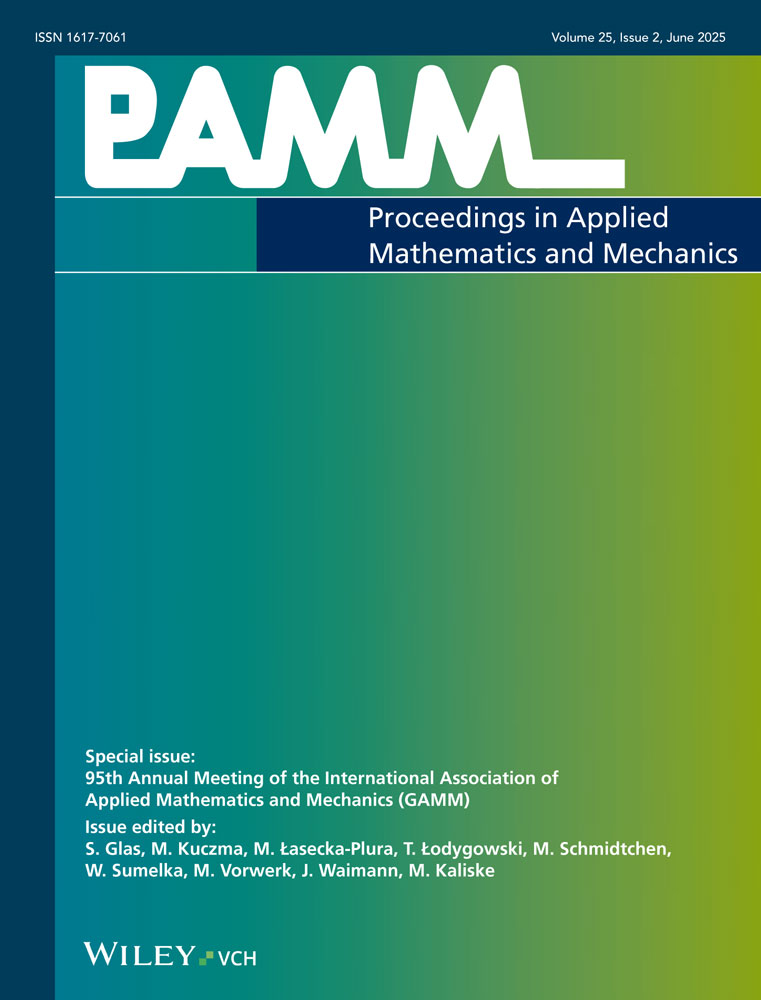Particle Finite Element Simulations of Cutting Processes in Manufacturing
Abstract
The cutting of metals is an important process in manufacturing and challenges established methods in the field of computational mechanics. The particle finite element method (PFEM) combines the benefits of particle based methods and the standard finite element method (FEM) to account for large deformations and separation of material. In cutting simulations the workpiece is realised as a set of particles, whose boundary is detected by the α-shape method. After the boundary detection, the particles are meshed with finite elements. Since metals show a plastic behavior under large deformations, a suitable material model needs to be considered. Numerical examples show the effect of the choice of the parameter α on the cutting force. (© 2016 Wiley-VCH Verlag GmbH & Co. KGaA, Weinheim)




